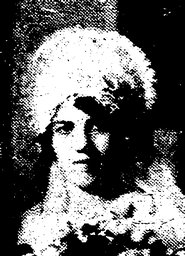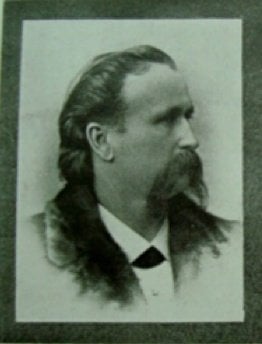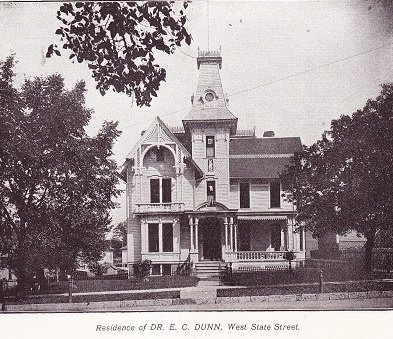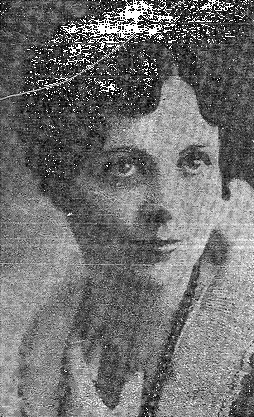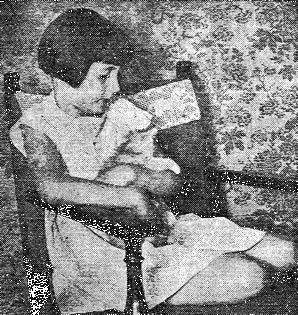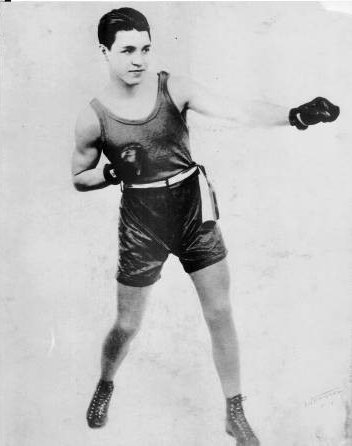Originally published in The Rock River Times.
At first no one paid much attention to the loud voices coming from the apartment on the southwest side of Rockford on February 3, 1929. The young couple who lived in the upstairs of the house on Wall Street fought quite frequently. They moved in shortly after their wedding on July 23, 1928 and their marriage was described as rocky by all who knew them.
Their marital disputes all came from Joseph Maurice’s jealousy over his wife. Josephine was described as very beautiful. Joseph was 31-years-old and employed as a laborer at the Gas Company and Josephine, only 24, worked at a local factory.
The neighbors became concerned when the loud voices turned into terror filled shrieks that were suddenly cut off only to be followed by the blast of a gun. Some of them ran for help while others rushed to the Maurice home.
The police arrived to find the neighbors standing outside of the house. One neighbor, Mariano Markise, stepped forward to accompany the police into the building which was now eerily silent.
The first thing that they noticed as they started up the stairs was a pool of blood about halfway from the top. They followed the blood trail up the stairs where they noticed a rocking chair at the top. The chair appeared to have been brought to the landing from the interior of the apartment.
When they stepped into the little kitchen they were met by a horrific sight. Josephine was on the floor with her face covered in blood. A bloody knife lay on the table. Police were shocked to realize that the woman was still alive. She was rushed to St. Anthony’s hospital.
The police continued through the rest of the apartment where they found Joseph’s body in the bedroom. He was on the floor in a pool of blood with a gun next to his left hand. It appeared that he had shot himself in the left ear.
The police on the scene searched for evidence while others rushed to the hospital where they hoped Josephine would be able to shed some light on what actually happened between her and Joseph. Their questions would have to wait, however. Josephine had life-threatening injuries and was in surgery when the police arrived to question her.
In fact, Josephine’s injuries were so extensive it would be a full month before Coroner Julian could present all of the facts to a jury at an inquest. Josephine was the only witness as she described the events that had taken place on that cold February evening.
Josephine testified that she went home after work and was met by Joseph. She could tell he was in a foul mood so she left to visit nearby relatives. When she arrived home at 9 p.m. that evening, she was hoping that Joseph’s rage had cooled. That was not the case however, and she was startled to see Joseph sitting in a chair at the top of the stairs. Josephine started to climb the stairs. Joseph rose from his seat and walked down to meet her.
They began to argue and Joseph followed Josephine into the kitchen where he suddenly grabbed a knife off the table and began to slash at her. Josephine would suffer nine different cuts to her face and neck, some running all the way from her forehead to her chin and others stretching from ear to ear. She also received defensive wounds on her arms and hands as she tried to protect herself from the murderous rage of her husband. Josephine lost consciousness and slumped to the floor.
Believing he had killed his wife, Joseph walked into the bedroom, pulled his revolver from a drawer and shot himself in the head. He died instantly.
Joseph’s funeral was held at St. Anthony’s Church and he was buried in the Catholic Cemetery.
Josephine, who was once described as being so beautiful, was disfigured for the rest of her life by the wounds that her husband had carved into her face.
Copyright © 2016 Kathi Kresol, Haunted Rockford Events



